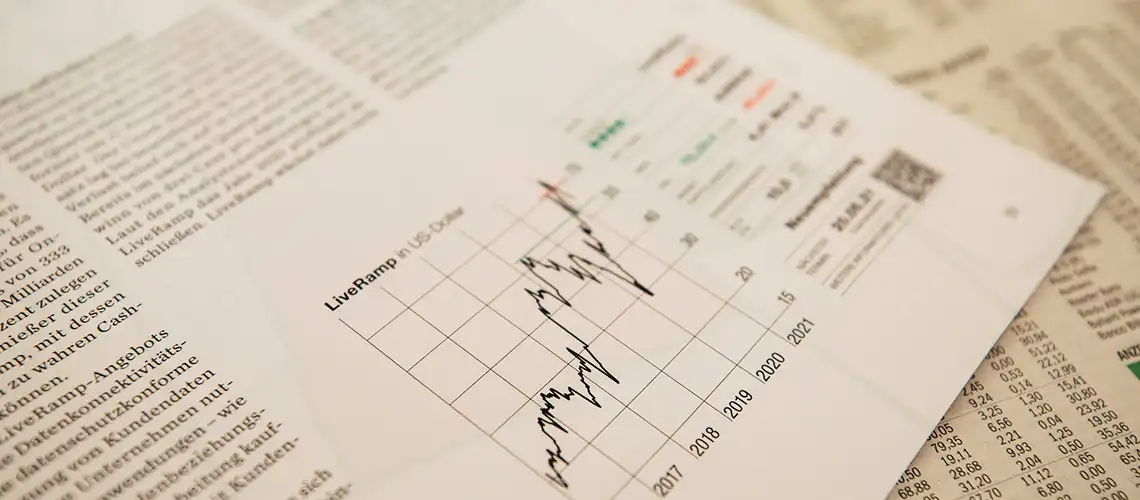Demystifying the Valuation Report
For many homeowners in Australia, a valuation report is a pivotal document, especially when seeking finance or considering property sale or purchase. But what exactly does this report contain, and how do you decipher it? This guide aims to clarify.
Key Components of a Valuation Report
1. Executive Summary
This section provides a snapshot of the property’s details and the valuation figure. It’s the go-to section for those seeking quick insights.
2. Property Details
An in-depth description of the property in question, this part might include:
- Address: The precise location of the property.
- Type: Whether it’s a standalone house, townhouse, unit, etc.
- Land Size: The total land area, often mentioned in square metres or hectares.
- Building Details: Information about the property’s structure, age, and condition.
3. Method of Valuation
Details the approach the valuer took in determining the property’s value, be it a Comparative Market Analysis, Cost Approach, or another method.
4. Market Analysis
A section that outlines the current property market conditions in the area, which can influence the property’s value. It might include trends, recent sales, and projections.
5. Risk Factors
This segment highlights any risks associated with the property, such as susceptibility to floods, bushfires, or other environmental factors that might affect the property’s value.
6. Special Conditions/Comments
Any specific conditions or comments that the valuer believes are essential to note. For instance, if there’s an ongoing property dispute or if the property is heritage-listed.
7. Value Conclusion
The final determined value of the property, based on the valuer’s comprehensive analysis.
Why is a Valuation Report Important?
Financial Transactions
A valuation report is often requisite for securing a mortgage or refinancing. Banks and lenders require it to determine the loan amount.
Property Transactions
When buying or selling property, having an objective valuation can aid in negotiation and decision-making.
Insurance
To ensure a property is adequately insured, a valuation report can offer insights into replacement costs.
Taxation
In certain circumstances, like dealing with capital gains tax, an accurate property valuation might be crucial.
Tips for Interpreting Your Valuation Report
- Always consider the date of the report. Property markets can change, and a valuation might become outdated.
- Engage with the details. While the final valuation figure is essential, understanding the rationale behind it provides context.
- If uncertain, seek clarification. Engage with the valuer or a property expert to answer any queries.
- Remember, a valuation report is an objective assessment. Emotional attachment to a property won’t influence its market value.
In the realm of Australian real estate, understanding the intricacies of a valuation report is fundamental for homeowners. Whether you’re navigating financial dealings or merely seeking insights into your property’s market standing, a valuation report is an invaluable tool in your arsenal.






